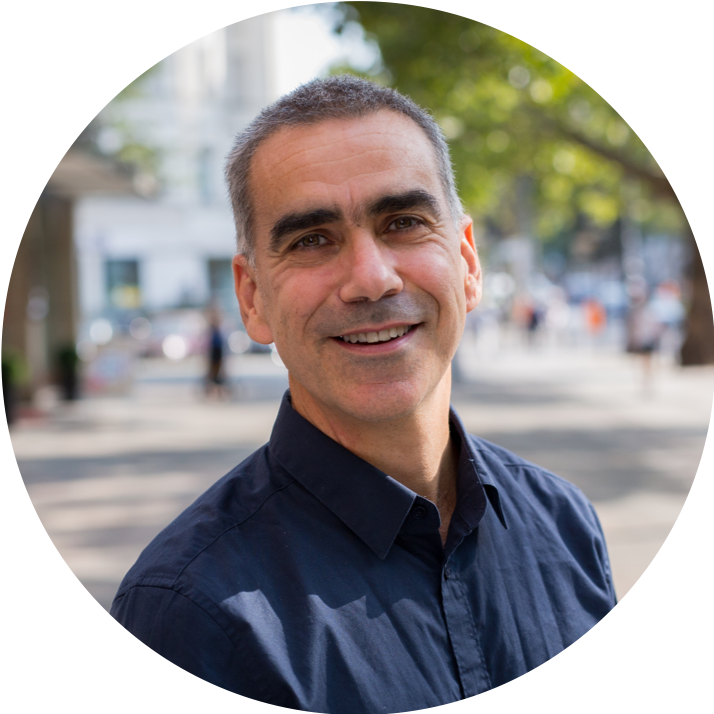“Modules always get sold and installer companies are usually resourceful in getting rid of equipment,” he added. “But of course, if you are hoarding hardware purchased in the first half of 2023 into late summer at the same time as module and inverter prices drop you are building up risk … My view is that residential, commercial, and governmental buyers can expect the lowest prices per watt seen since before the pandemic and energy crises. This autumn is going to be a strong buyer’s market.”
Thorsheim said consumers are somewhat more on the fence.
“But I’m not sure that’s rational,” he said. “As always in solar, those who wait are those who lose. A distributed value chain will always get some price signals slightly wrong, and be a bit oversupplied or undersupplied at times. But then again that’s natural when it’s moving at these crazy speeds, and over time it is one of the factors that makes solar ever more competitive against traditional energy generation.”
Popular content
He noted that Otovo has a “zero inventory strategy” as a rule.
“During the energy crisis of 2021-22, we did some strategic procurements in order to unblock the worst bottlenecks, but we are luckily done with those,” he said. “At the end of Q2, we held less than €300.000 euros of inventory for a €200 million yearly revenue run rate. Our view is that costs will come down on overhead, equipment and installation labor and we position ourselves to be at the forefront of those declines with no working capital or inventory on the line.”
“The drop in prices at the consumer end of the market, as seen on the Otovo platform, is monotonous and downward, and uniform across Europe. Norway is down, France is down, the UK is down, Italy is down … I could go on and on,” he stated. “The latest modules off the boat are the cheapest. Of course, you should get those new panels.”
This content is protected by copyright and may not be reused. If you want to cooperate with us and would like to reuse some of our content, please contact: editors@pv-magazine.com.



Andreas is right in a way, but the complexity of a supply chain for trans-European installers/companies has been overlooked by many, and they have been hit hard in 2022 as a result. But hey, let us put 2022 aside, it was a quite special and challenging but also rewarding year.
The fact is that none of the major EU distributors, and especially none of the “small” (by total volume) but heavily funded start-up companies, have any real leverage in negotiations with the six largest Chinese manufacturers.
Not only have the European companies failed to establish local production (which I think was fine, since the EU would never have been able to keep up with the Chinese government’s ambitious but well-thought-out plan), but they have also failed to streamline distribution and create a true global player or even a buying group that could deal with any of the suppliers. It’s a freaking joke.